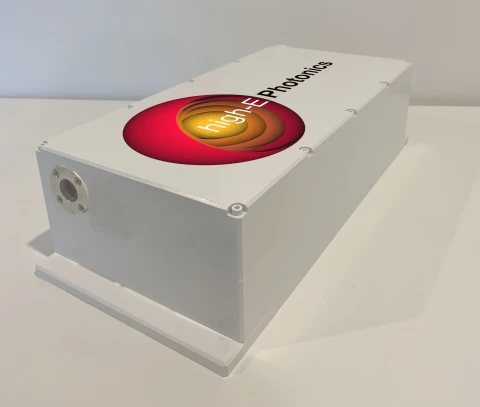Description
With a focus on innovative system architectures, such as monolithic designs for enhanced stability and modular configurations for customizable performance, high-E Photonics delivers industry-leading reliability in demanding environments.
High-Efficiency Pulsed Laser Systems for Demanding Applications
High-E Photonics
Specifications
| Avg. Power: | 100 W |
|---|---|
| Wavelength: | 1500 nm |
| Repetition Rate: | 10000 – 100000 kHz |
| Spatial Mode (M^2): | 1.3 |
| Pulse Duration: | 0.1 ns |
| Pulse-to-Pulse Stability (RMS): | 1 % |
| Cooling: | Conductive |
| Wavelength: | 1030-1064nm, 1500nm, 1670-2300nm, 1030nm & 1880nm |
| Pulse Energy: | 1mJ to 100mJ, 1mJ, 1mJ to 100mJ, 1-100J |
| Average Power: | 100W to 500W, 100W, 100W to 500W, Customer specific |
| Pulse Duration: | Sub-picosecond to nanosecond, Picosecond to nanosecond, Sub-picosecond to nanosecond, Customer specific |
| M^2: | <1.3, <1.3, <1.3, <1.5 |
| Pulse Stability (STD/Mean): | 0.83% |
| Beam Parameter M^2 X/Y: | < 1.05 |
| Astigmatism: | 0.12 |
| Asymmetry: | 1.02 |
Features
- High Energy for Demanding Applications: Designed to meet the needs of high-intensity tasks, providing exceptional energy output.
- Industry-Leading Efficiency: Engineered for superior performance, ensuring maximum efficiency in all applications.
- Industrial Reliability: Proven stability in harsh environments, ensuring consistent performance and durability.
- Precision Performance: Offers tailor-made pulse specifications for precision tasks.
- Wavelength Options:
- HEP-1030/1064: 1030-1064nm
- HEP-1500: 1500nm
- HEP-2000: 1670-2300nm
- J-Class: 1030nm & 1880nm
- Pulse Energy:
- HEP-1030/1064: 1mJ to 100mJ
- HEP-1500: 1mJ
- HEP-2000: 1mJ to 100mJ
- J-Class: 1-100J
- Average Power:
- HEP-1030/1064: 100W to 500W
- HEP-1500: 100W
- HEP-2000: 100W to 500W
- J-Class: Customer specific
- Pulse Duration:
- HEP-1030/1064: Sub-picosecond to nanosecond
- HEP-1500: Picosecond to nanosecond
- HEP-2000: Sub-picosecond to nanosecond
- J-Class: Customer specific
- Beam Quality (M2):
- HEP-1030/1064, HEP-1500, HEP-2000: <1.3
- J-Class: <1.5
- <
Applications
- Customer-specific pulse parameters or seed laser
- SHG, THG, HHG generation
- Material processing
Frequently Asked Questions
What are the available wavelengths for the pulsed laser systems?
The available wavelengths for the pulsed laser systems are 1030-1064nm, 1500nm, 1670-2300nm, and a combination of 1030nm & 1880nm.
What is the range of pulse energy for these laser systems?
The pulse energy ranges from 1mJ to 100mJ for most systems, with some models offering up to 100J.
What are the pulse duration options for these lasers?
The pulse duration options range from sub-picosecond to nanosecond, with customer-specific options available.
What are some of the customizable options available for these laser systems?
Customizable options include fs-Version or ns-Version, tunable pulse duration, customer-specific pulse parameters or seed laser, GHz operation, burst mode operation, external pulse compression with MPC or HCF, and SHG, THG, HHG generation.
How stable are the pulses from these laser systems?
The pulse stability is given as STD/Mean = 0.83%, indicating high stability.
What is the M² value for the beam quality of these lasers?
The M² value for the beam quality is less than 1.3 for most models, with one model offering less than 1.5.
What kind of environments are these laser systems designed for?
These laser systems are designed for industrial reliability and proven stability in harsh environments.
Similar Products
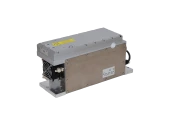
213nm Pulsed DPSS Laser PND-M00210
Teem Photonics
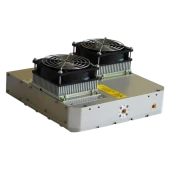
NIR Pulsed DPSS Laser PicoOne Series ANP-20E
Teem Photonics
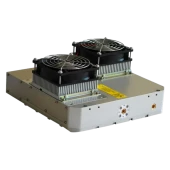
1064nm Pulsed DPSS PicoMega Series Laser ANP-500P
Teem Photonics
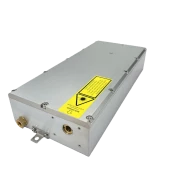
PicoSpear 532nm Sub-Nanosecond Laser 500mW
Teem Photonics
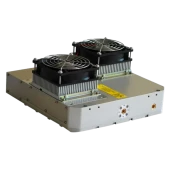
PicoOne Sub-Nanosecond Amplified Green DPSS Laser
Teem Photonics
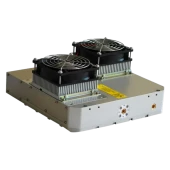
ANG-150P 532nm Pulsed DPSS Laser
Teem Photonics
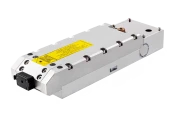
SNU-20F-100 High Performance 266nm Microchip Laser
Teem Photonics
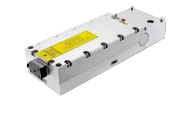
SNV-60P-100 High Performance UV Microchip Laser
Teem Photonics
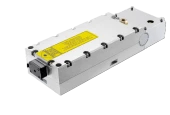
SNV-40P-100 High Performance UV Microchip Laser
Teem Photonics
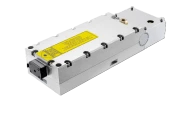
SNV-20F-100 High Performance UV Microchip Laser
Teem Photonics
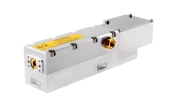
SNG-50F-100 SNG High Performances Green Microchip Laser
Teem Photonics
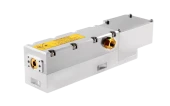
SNG-150P-100 High Performances Green Microchip Laser
Teem Photonics
Thank You!
Your inquiry has been received.
Create an account by adding a password
Why create an account?
- Auto-complete inquiry forms
- View and manage all your past messages
- Save products to your favorites
- Close your account anytime — no hassle
